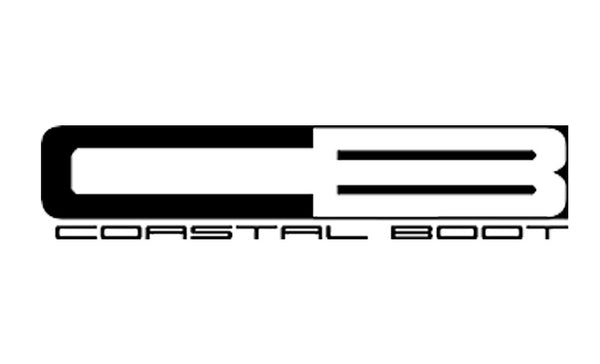News
How To Break In Your Work Boots
When you get a new pair of work boots, they aren't likely to fit perfectly when you first take them out of the box. Once new boots have been broken...
How To Break In Your Work Boots
When you get a new pair of work boots, they aren't likely to fit perfectly when you first take them out of the box. Once new boots have been broken...
Best Hiking Boots, Just in Time for Spring!
Choosing a good hiking boot is no small matter. When deciding which hiking boots will work best for you, there are some essentials to consider. First, the most important features...
Best Hiking Boots, Just in Time for Spring!
Choosing a good hiking boot is no small matter. When deciding which hiking boots will work best for you, there are some essentials to consider. First, the most important features...
The History of Safety Toe Boots
There are various jobs that require you to wear safety toe boots, such as steel toe boots or composite toe boots. You may think wearing specialty boots isn’t going...
The History of Safety Toe Boots
There are various jobs that require you to wear safety toe boots, such as steel toe boots or composite toe boots. You may think wearing specialty boots isn’t going...
Comp / Composite Toe (CT) vs Steel Toe (ST) vs ...
If you work in an industrial environment, a good pair of safety toe boots is crucial to your safety and job performance. In addition to protecting your feet from falling...
Comp / Composite Toe (CT) vs Steel Toe (ST) vs ...
If you work in an industrial environment, a good pair of safety toe boots is crucial to your safety and job performance. In addition to protecting your feet from falling...
The Benefits of Foot Orthotics for Workers
Workers who spend all or most of the workday on their feet find that they are less tired and more comfortable when their feet have the additional support of orthotic...
The Benefits of Foot Orthotics for Workers
Workers who spend all or most of the workday on their feet find that they are less tired and more comfortable when their feet have the additional support of orthotic...
How to Make Your Work Boots Last Longer
A good pair of work boots are not cheap. Cheap work boots are not good. If you work under harsh conditions or in a dangerous work environment you need good...
How to Make Your Work Boots Last Longer
A good pair of work boots are not cheap. Cheap work boots are not good. If you work under harsh conditions or in a dangerous work environment you need good...
